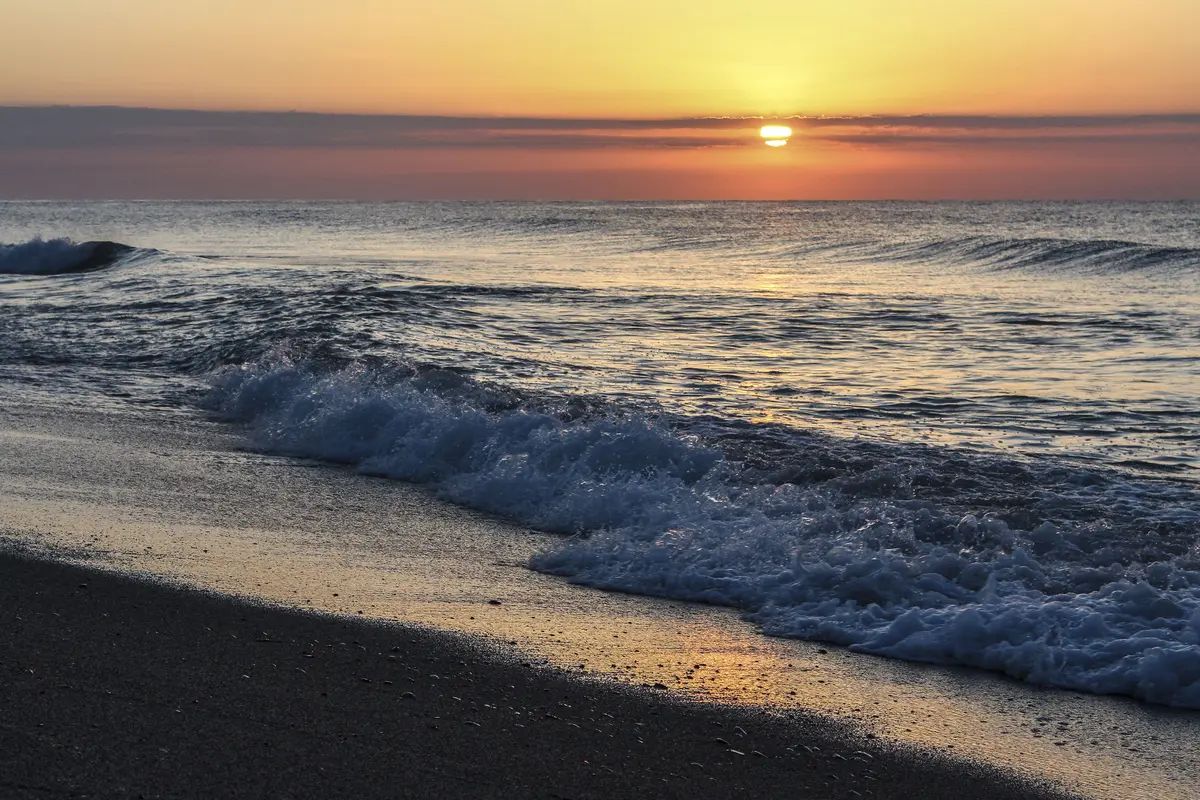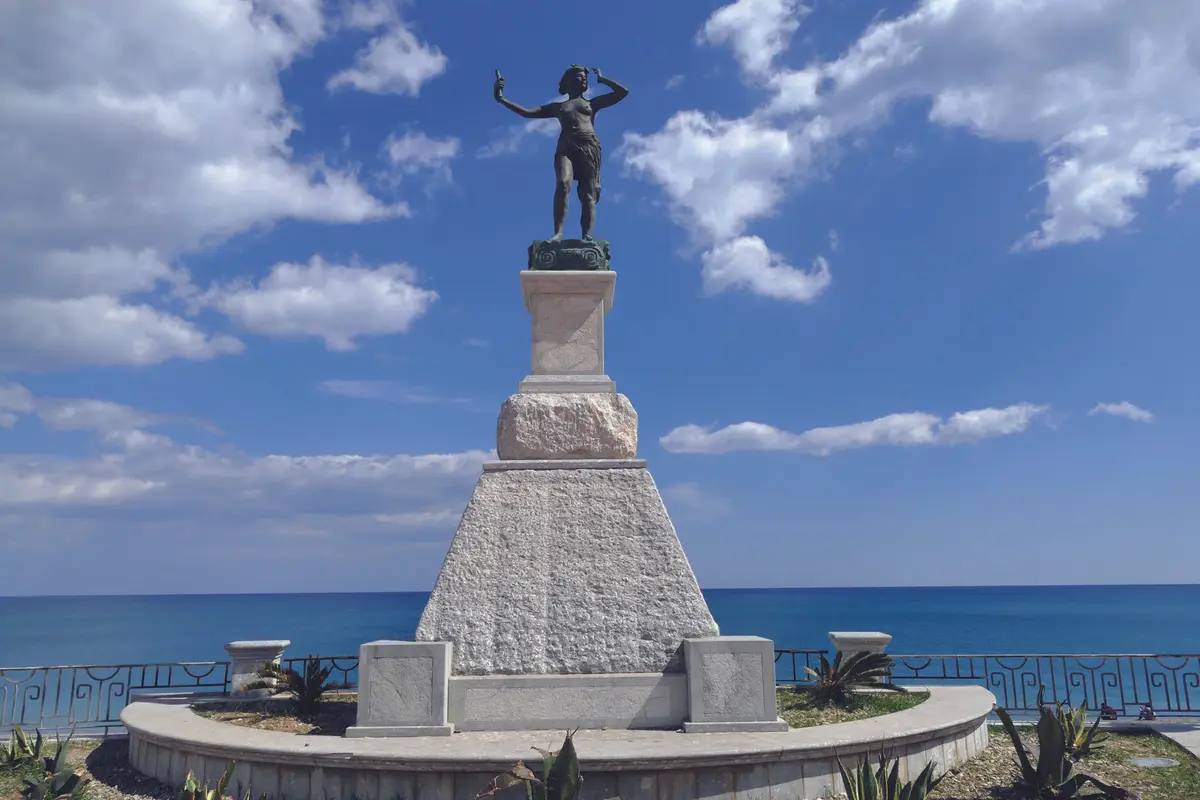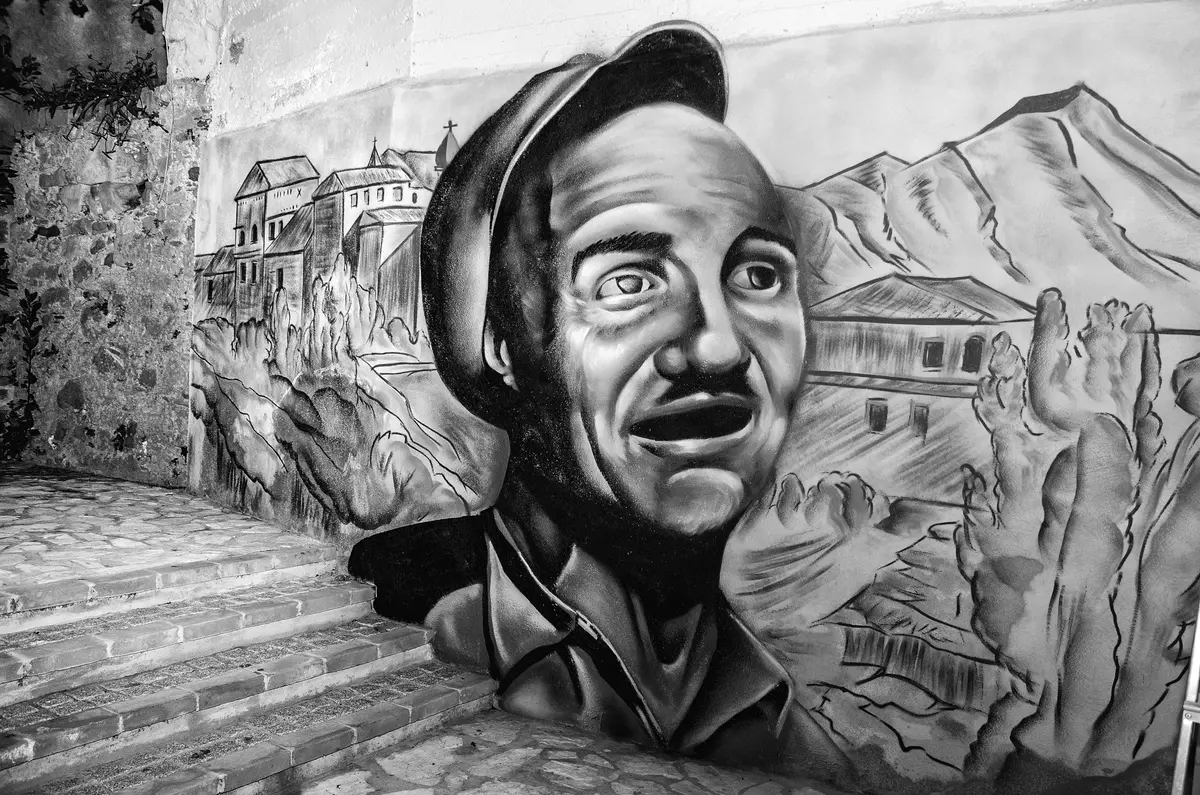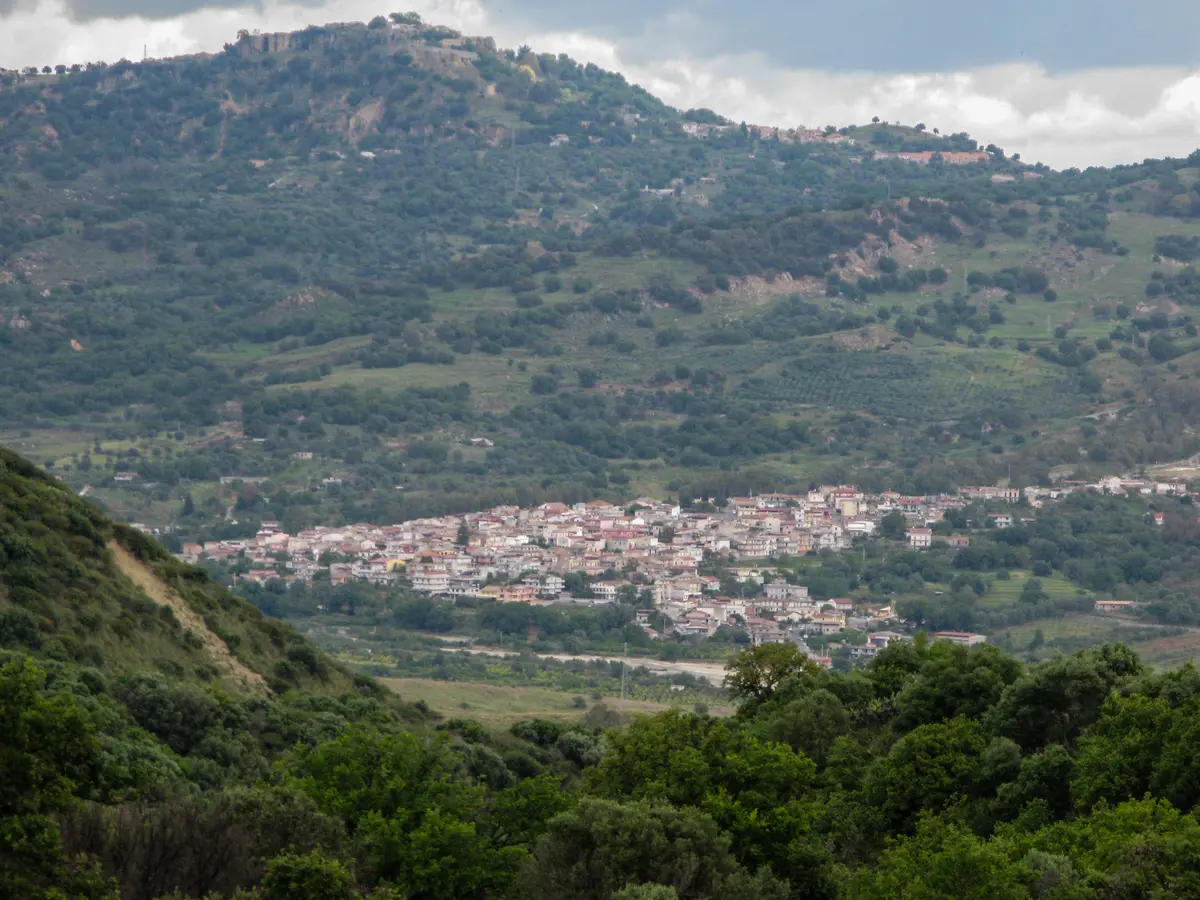Bianco
Bianco, the thousand shades of a fairy-tale sea
Town
Bianco - Regione Calabria
The municipality of Bianco is a well-known seaside resort in the Locride area, along the ‘Costa dei Gelsomini’ Regional Marine Park, in the province of Reggio Calabria.
Bianco owes its name to the characteristic White Gullies, rock formations of calcareous origin that surround the town and represent a precious ecosystem. The gullies rise close to the beach where Caretta Caretta turtles nest annually, creating a naturalistic context of delicate beauty.
Bianco's beaches extend at the foot of the Capo Bruzzano (or Zefirio) cliffs, among the most beautiful beaches in Italy.
Those wishing to discover the ancient village, Bianco Vecchio, must climb to the top of the hill overlooking the La Verde torrent. Here you will find the remains of ancient dwellings destroyed by earthquakes, the ruins of the Church of Santa Maria del Soccorso and the Mother Church.
The area of Bianco offers one of the best Calabrian wines: Greco di Bianco DOC, a passito wine with a liqueur-like flavour and amber colour. The excellent Mantonico wine, of Greek origin, is also produced here.
Useful information
What to know about Bianco
Where to Sleep
There are 15 available accommodations.
Travel Ideas
There are 2 travel ideas.
Infopoint Bianco
Piazza Cinque Martiri, Bianco
No result








